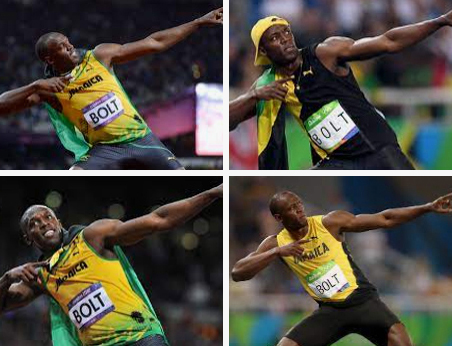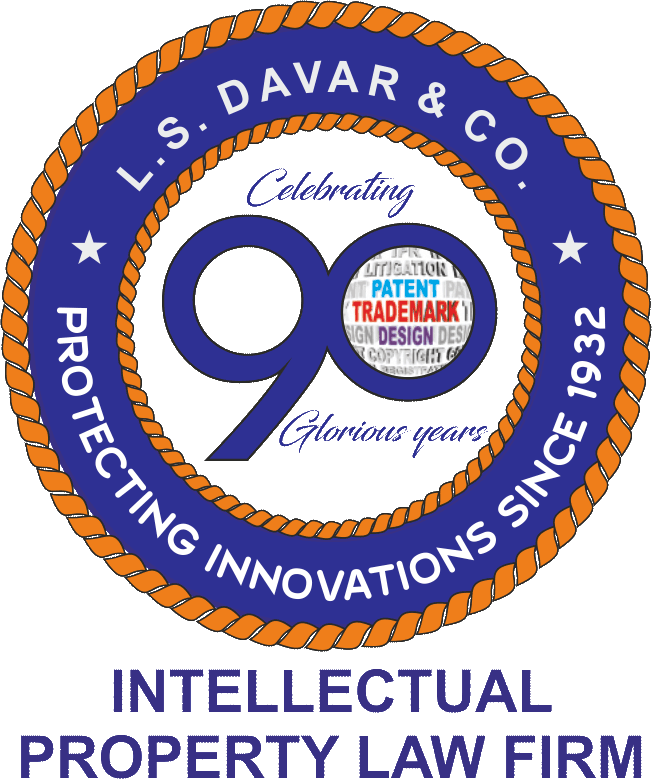
A strong patent regime is one of the essential pillars for growing economy of any country. India has realized the importance of having a powerful intellectual property (IP), accordingly, the Government of India is putting rigorous efforts in aligning its policies and systems to grow its IP ecosystem. There have been substantial benefits offered by the Indian government for the startups, government institutes, universities, and women applicants. The said efforts have been materialized in the exponential growth of Indian in the innovation index, its global ranking, number of domestic and international patent filings, grant of the patent applications. As per the published data, India has seen a 50% increase in patent filingsin the last seven years, has much reduced back logs at the Patent Office, has increased awareness of the IP among different strata of the society due to numerous campaigns and training by Department of Promotion of Industry and Internal Trade (DPIIT) and the Patent Offices. In fact, nearly fivefold increase is seen in grant of patents in 2021-2022 as compared to 2014-15. It is evident from the available figures that India is moving towards creating a robust IP ecosystem to boomIndia’s position over the global. However, the robust IP not only includes an efficient processing of patent applications at the Patent Office or fostering innovations, or reducing back log of the pending applications but also includes a bona fide process of enforcing patent rights once patent application is proceeded to grant. This article now shall discuss in detail about the laws, authorities governing Patent Enforcement rights in India:
The laws governing the enforcement of patent rights are as follows:
The above are the various legislations that are taken in to account when infringement matter is decided. During the conflict of interest, the above order is the priority of order while adjudication.
Judicial/Quasi-Judicial authorities
The authorities that adjudicate the patent related disputes are as follows:
Patent Offices: The examination and processing of the patent applications are carried out at the Patent Offices of India. There are four Patent Offices in India, which are in Delhi, Mumbai, Kolkata, and Chennai. The patent opposition matters are also handled by the Controllers appointed at the Patent Offices. The procedures of the Patent Offices are based on the Patents Act 1970, and its rules therein.
District Courts: As per Section 104 of the Patents Act, the initiation of infringement suit is made at the District courts.
High Courts: As per recent amendments to the Patent Act, the Intellectual Property Appellate Board (IPAB) has been dissolved in April 2021. The special division has been made in the high courts to deal with the appeals arising out of Controller’s decisions and revocations proceedings. The said division has already been made at the Delhi High Court and for other jurisdictions, such divisions are yet to be made. Further, the High Courts adjudicate the infringement proceedings.
Supreme Court: Once the matter is adjudicated at the High Court level, the aggrieved can appeal at the Highest authority i.e., the Supreme Court of India.
Different types of orders provided by the Courts:
The different types of order that are passed by Courts while adjudicating the patent enforcement rights of the patentees are as follows:
Interlocutory Injunction: It also termed as “interim injunction.” The judge may pass interim injunction to prevent the defendant party for doing acts that might amount to infringement till the final determination of the case.
Permanent Injunction: Once the case is adjudicated and if the party is held accountable, then the Court may order to refrain the party to carry out activities that are considered to bean infringement activity in India.
Damages: The Court may order a payment of royalties or reimbursement of profits to the plaintiff that are received by the defendant by carrying out infringing activities.
Seize or destruction of goods:The Court may appoint local commissioner to seize or destroy the infringing goods.
Freezing goods: The Court may order to freeze goods that shall refrain the defendants not to destroy the good amounting to infringement till the case is adjudicated.
Procedure and timelines for patent enforcement suits
The following procedures and timelines are to be followed while filing the patent infringement suits:
Further, the procedures and strict timelines for such suits are governed by the Commercial Courts Act, 2015. The said Act also ensures heavy penalty and strict actions in case of non-adherence. Furthermore, in order to avoid frivolous suits, the courts have recently taken the view that the plaintiffs must carry out appropriate investigations before filing of the suit. This has increased the significance of investigators’ affidavits or expert evidence at the stage of determination of interim injunction.
Patent Enforcement related case laws
The Indian Government recognizes the importance of having speedy disposal of patent infringement suits or revocation proceedings or appeal matters, therefore, the Commercial Courts, Commercial Appellate Division of High Court 2015, Intellectual Property Division (IPD) were introduced to expedite the litigation matters. The following are some of the patent related cases that has been recently adjudicated by the High Court:
I. FMC Corporation VS NATCO Pharma Ltd (CS (COMM) 349/2022)
II. Sterlite Technologies Limited VS Hfcl Limited Ltd (CS (COMM) 19/2022)
Conclusion
As mentioned above, theseauthorities work under strict timelines and procedures. The judgesare specialized, well-equipped and, technically sound to award appropriate damages and remedies while enforcing the patent rights. Due to continuing development at judiciary level, patent litigation matters are expeditiously heard resulting in to timely and effective adjudication.
Our Patent Litigation Team
We have experienced litigators who have represented our national and international clients in various patent litigations across various courts in India. The in-house litigation team specializes in the following:
i) Advising the clients on appropriate litigation strategies keeping in mind the specific requirements of the client.
ii) Enforcement of patent rights through the institution of infringement suits, filing of writ petitions, special leave petitions, revocation petitions, counterclaims, etc., before various district courts and high courts in the country including the Supreme Court of India.
iii) Proposing and assisting in settling the disputes through arbitration, mediation, conciliation, etc.
iv) Advising on the enforcement of technology license agreements.
v) Advising the clients beforehand on the possibility of a future litigation to position the client in a better manner.
vi) Assisting with the custom recordals to stop the import of infringing products into India.





